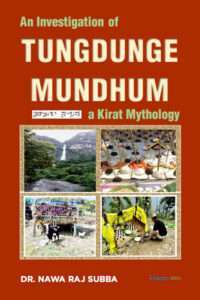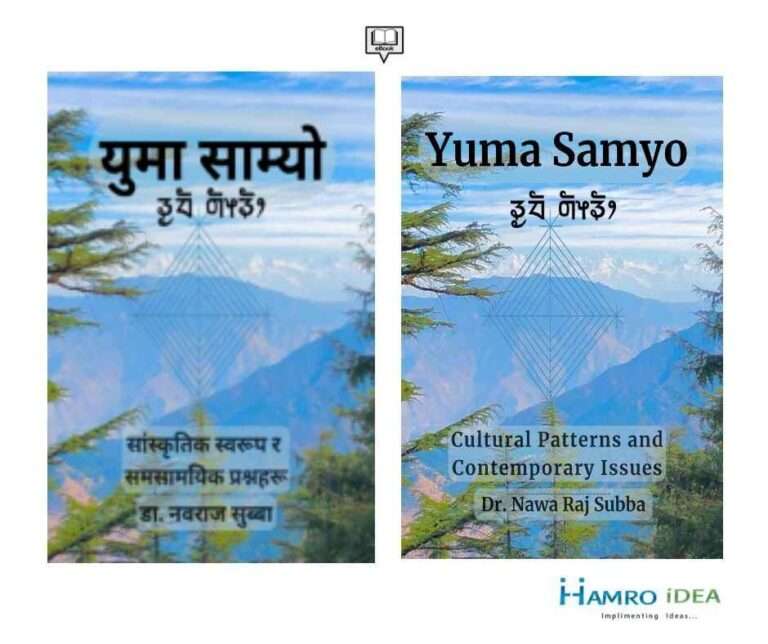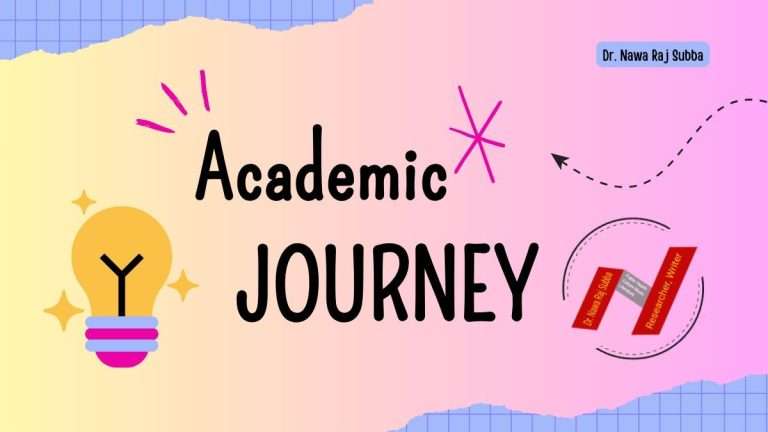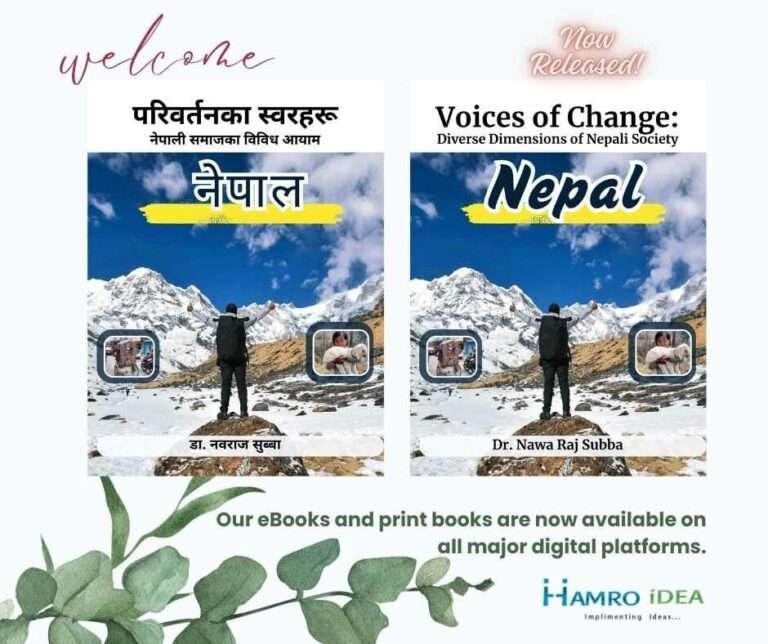An Investigation of Tungdunge Mundhum, A Kirat Mythology

Tungdunge Mundhum is a cultural heritage of the Kirat Limbu community. Ancestral worship is a prominent practice within the Kirat culture, particularly among the Samba clan. It can be called a mythology.
This study aims to look scientifically at the knowledge, values , and beliefs hidden within the civilization. In this book, there is a task to find the story in the historical background. Here, the narrative is analyzed based on evidence and theory.
The description is brought to a logical conclusion on the theoretical ground of the socio-biological model.
Tungdunge Mundhum, a cultural mythology, should not be limited to a tradition. Thus, an attempt has been made to understand it from an anthropological point of view through the study.
A preliminary review of this research has been published as a booklet and article, which is found to be read with interest by the reader. This book is more detailed on the mythology belonging Kirat-Sen-Samba clan.
Indication of Tungdunge Mundhum
History and genealogy indicate that the history of the Samba clan evolved with the Kirat-Sen-Samba lineage. This Mundhum is also found to be supportive of the historical facts. The study concentrated on that evidence.
This research work will be helpful to the researcher as it has been analyzed and synthesized by various evidences. It includes an ethnographic base, genealogy, and different perspectives of Kirat Limbu communities.



